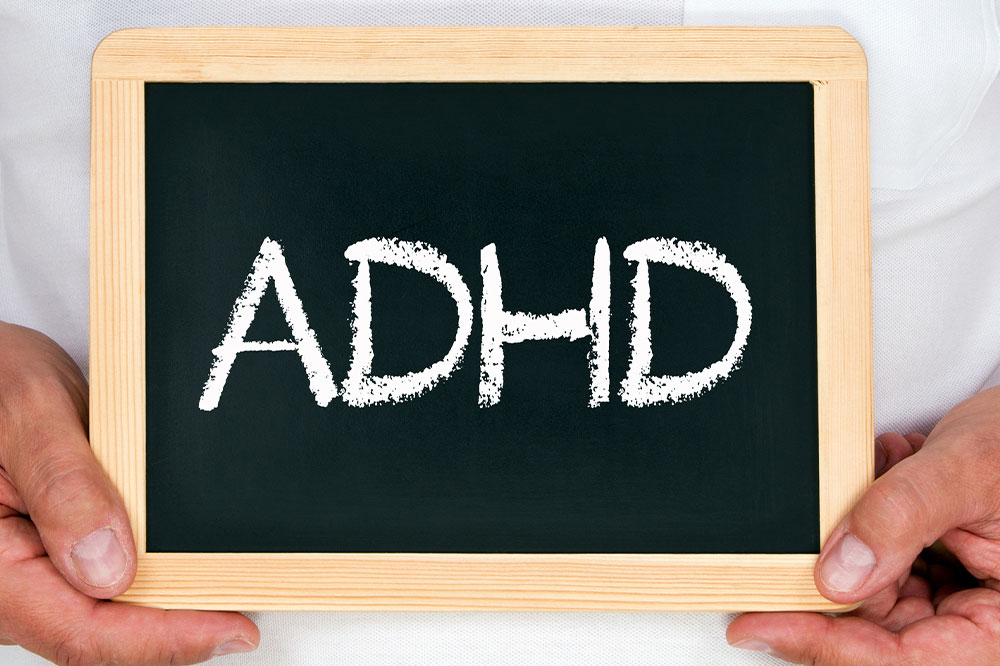Comprehensive Guide to the Different Types of Depression and Their Treatment
This article offers an in-depth overview of various depression types including major depression, persistent depressive disorder, and bipolar disorder. It highlights symptoms, causes, and effective treatment options, emphasizing the importance of early diagnosis and professional support for managing depression. With a focus on personalized care, the guide aims to help individuals recognize their symptoms and seek appropriate treatment, ultimately improving mental health outcomes and quality of life.

Depression is a complex mental health condition that affects millions of individuals worldwide. While experiencing occasional feelings of sadness or gloom is a normal part of life, persistent and pervasive depressive symptoms can have a profound impact on daily functioning, relationships, and overall quality of life. Recognizing the distinct types of depression is crucial for effective management and treatment. This comprehensive guide aims to shed light on the various forms of depression, their symptoms, causes, and the available treatment options to help individuals seek timely and appropriate care.
Essentially, depression manifests in multiple forms, each with unique features and diagnostic criteria. The most common and well-understood type is Major Depressive Disorder (MDD), often simply called depression. This form is characterized by a prolonged period—typically two weeks or more—during which individuals experience a persistent low mood that interferes with their daily routines. Along with feelings of sadness, people with MDD often report a marked loss of interest or pleasure in activities they once enjoyed, significant weight changes—either weight gain or loss—and sleep disturbances, such as insomnia or hypersomnia. Fatigue, feelings of worthlessness or excessive guilt, difficulty concentrating, and recurring thoughts of death or suicide are also prevalent symptoms. Recognizing these signs early is critical for seeking professional help, as untreated depression can escalate and lead to more severe mental health issues.
In addition to Major Depressive Disorder, Persistent Depressive Disorder (PDD), formerly known as dysthymia, represents a chronic, long-term form of depression. To be diagnosed with PDD, symptoms must persist for at least two years in adults or one year in children and adolescents. The symptoms of PDD tend to be milder than those of major depression but are more persistent, leading to a prolonged state of low mood. Individuals often experience chronic feelings of hopelessness, low self-esteem, low energy levels, and difficulty experiencing joy or satisfaction. Despite its milder severity compared to MDD, PDD can significantly impair one's ability to function and maintain relationships over time. It's essential for those suffering from persistent symptoms to seek assessment from mental health professionals to develop personalized treatment plans, which may include psychotherapy, medication, or a combination of both.
Another notable form is bipolar disorder, which is characterized by alternating episodes of depression and mania or hypomania. During depressive episodes, individuals experience symptoms similar to major depression, with low mood, fatigue, and feelings of worthlessness. However, the mood swings between depression and mania can be unpredictable, often leading to impulsivity, risky behavior, and difficulty maintaining stability. Effective management typically involves mood-stabilizing medications and psychotherapy to help regulate mood swings and prevent relapse.
Postpartum depression, a subtype of depression that affects women after childbirth, warrants special attention. This condition can interfere with maternal-infant bonding and impact both physical and mental health. Common symptoms include overwhelming sadness, anxiety, irritability, fatigue, and feelings of inadequacy in the maternal role. Early intervention with counseling, support groups, and sometimes medication can make a significant difference in recovery and well-being.
Apart from these, Seasonal Affective Disorder (SAD) is a form of depression that occurs in seasonal patterns, most often during the fall and winter months when daylight hours are shorter. People with SAD may experience fatigue, weight gain, increased need for sleep, and social withdrawal. Light therapy, psychotherapy, and medication are effective treatments for SAD.
Understanding the underlying causes of depression is equally important. While genetics, brain chemistry, and environmental factors all play roles, stressful life events such as trauma, loss, or chronic illness can also trigger depressive episodes. Recognizing personal triggers and patterns can aid in early intervention.
Effective treatment for depression typically involves a combination of psychotherapy, medication, lifestyle modifications, and social support. Cognitive-behavioral therapy (CBT), interpersonal therapy, and other evidence-based approaches have proven successful in many cases. Antidepressant medications can also help correct chemical imbalances in the brain, though they should always be prescribed and monitored by a healthcare professional.
If you or someone you know is experiencing symptoms of depression, seeking professional help promptly is vital. Mental health specialists can perform comprehensive assessments, offer personalized treatment plans, and provide ongoing support to manage symptoms effectively. Remember, depression is a treatable condition, and with the right interventions, individuals can recover and lead fulfilling lives.





